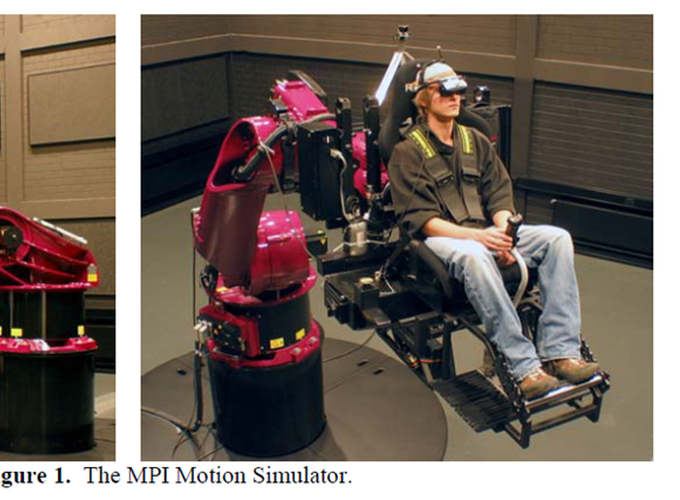Abstract
Our society relies more and more on flight simulation for pilot training to enhance safety and reduce costs. But to meet the highest level of general technical requirements for simulators set forth by the FAA and EASA requires high-cost equipment. To make simulator use more accessible, reduced costs might be achieved with novel simulator designs and/or through research to improve the performance of existing designs. This report explores the use of such a novel design, based on an anthropomorphic robot arm to reproduce an experiment designed to evaluate flight simulator motion requirement for helicopter pilot training. Results compare promisingly well to those from a large, highperformance facility where the original work was performed.
Type
Publication
AIAA Modeling and Simulation Technologies Conference and Exhibit
